Lacrosse Head Buying Guide: Rules, Types & Specs
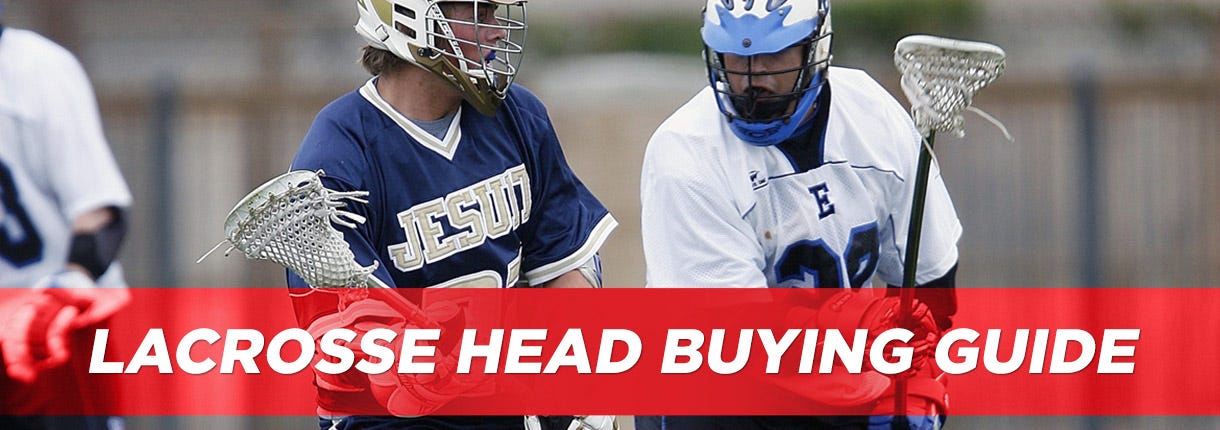
This guide will help you through the process of selecting the perfect lacrosse head based on your preference. Before we begin, it is important to know that not every lacrosse head is perfect for everyone. There are several factors in a head that accommodate each player such as; legality, weight, durability, mouth width, pinch, and bottom rail configuration. If you want to improve your game and make the right purchase then ask yourself these simple questions to find the best lacrosse head for you.
Lacrosse Head Parts
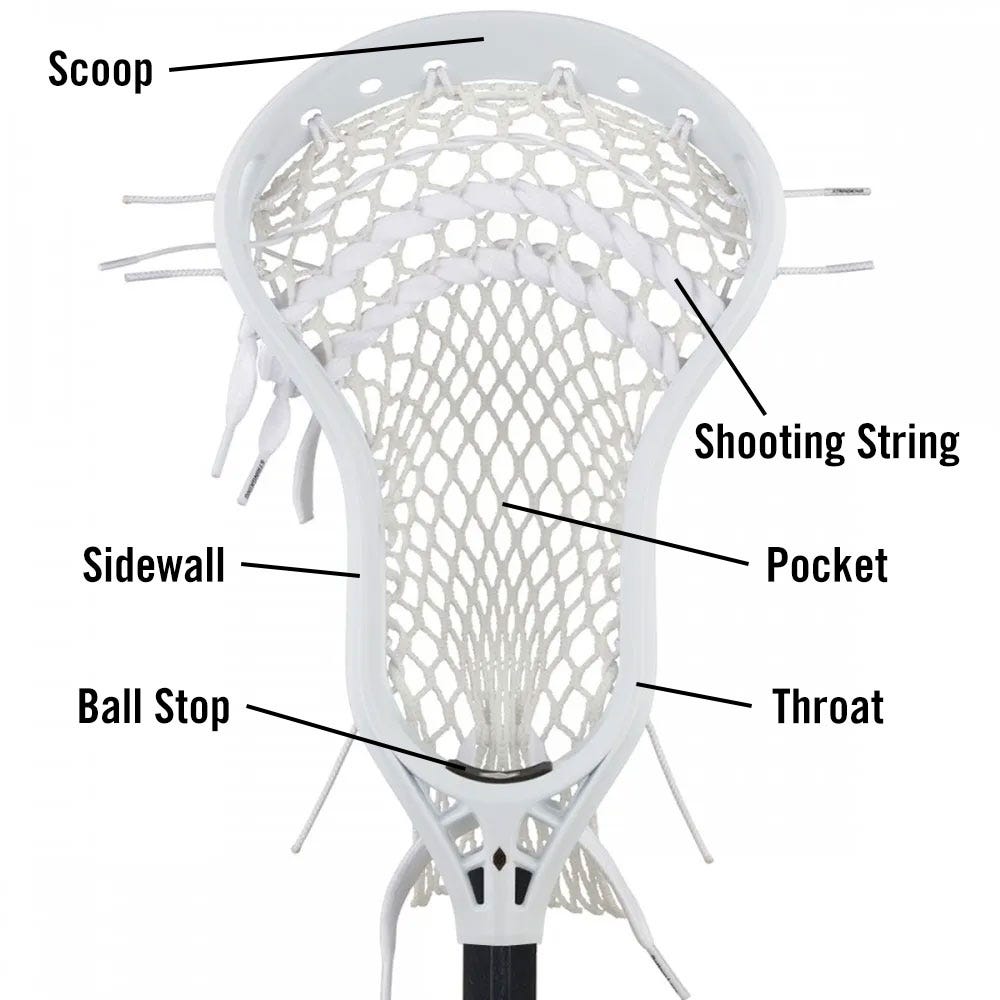
- Scoop
- Sidewall
- Shooting string
- Ball stop
- Throat
Lacrosse Head Rules
Before you begin your search, you need to make sure that you choose a head that follows all the rules and regulations for your level of play. You have three options; NFHS, NCAA and UNIVERSAL.
NFHS
NFHS heads are legal to be used in high school and all levels of youth lacrosse. These heads tend to be very pinched and don’t allow the ball to fall out of the stick as easily making it harder for defenses to stop. That is why you are prohibited to use them in college and the MLL.
NCAA
NCAA heads allow the mouth width of the head to be more narrow making the mesh sag and grip the ball more at the top of the head. This will add velocity to your shot and make it very difficult for opposing goaltenders. You are not allowed to exploit this in the Youth and High School leagues for safety reasons.
Universal Heads
Universal heads are allowed to be used in all levels of play. They follow the minimum requirements for both pinch and mouth width making it an easy transition between divisions.
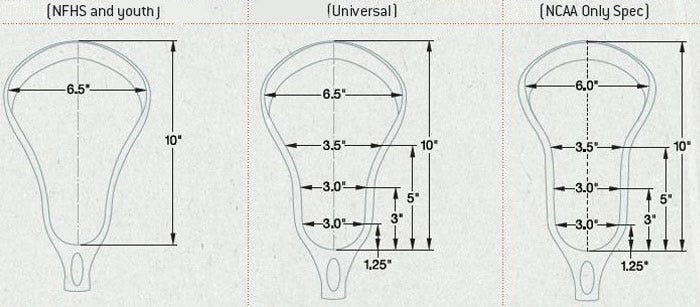
Lacrosse Head Weight Chart
First you need to figure out what type of player you are based on your abilities or position you want to play. If you want to be a more offensive-minded player then try to find an attack head that is light and flexible. If you want to play defense then try to find a defensive head that is more durable and stiff.
| Position | Weight (unstrung) | Example Head |
|---|---|---|
| Attack | 4.5 ounces | StringKing Mark 2A Unstrung Lacrosse Head |
| Defense | 6.0 ounces | Warrior Evo QX Defense Strung Lacrosse Head |
Mouth Width vs Pinch
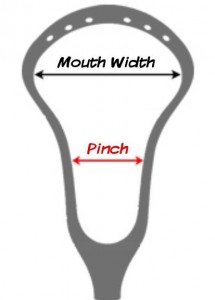
Mouth
The “mouth” is the widest part of the lacrosse head. The wider the mouth, the easier it is to pick up ground balls and catch. Defensemen and midfielders are encouraged to get heads with wide mouths because gaining offensive possession will put your team in position to score more goals and make game winning plays. Attackmen and experienced sharpshooters are encouraged to get a head with a narrow mouth. You will grip the ball more and add more whip to your shot. But keep in mind, with added “whip” comes less accuracy.
Pinch
For those of you who don’t know, “pinch” is the measurement of space between the two sidewalls of the lower part of the lacrosse head. Most players believe it is more beneficial to have “pinched” sidewalls, meaning the closer the sidewalls are together the better, but that is not always the case. The greatest benefit of having a pinched head is it creates a better channel in the pocket of your stick making it more accurate when you throw. The “pinch” in your stick will also allow the mesh to grip the ball better and make it harder for defensemen to take the ball away. With that being said, the more “pinched” or narrow the head is, the harder it is to catch. It is recommended for players to get a wider head with less “pinch” if they are new to the sport or struggle catching. Based on your specific skill set, you need to choose the head that will enhance your strengths and cover up your weaknesses.
Bottom Rail Configurations
The bottom rail is the plastic beam that has strategically placed sidewall stringing holes that allow your mesh to be strung to the head. The position of these sidewall holes and the curve of the bottom rail will have a huge impact on how the stick throws. The position of your pocket is determined by where the bottom rail curves the most. If you are a player who prefers a high pocket then you are going to want a high or level 5 bottom rail. If you prefer a low pocket, then you will benefit more from a low or level 1 bottom rail.
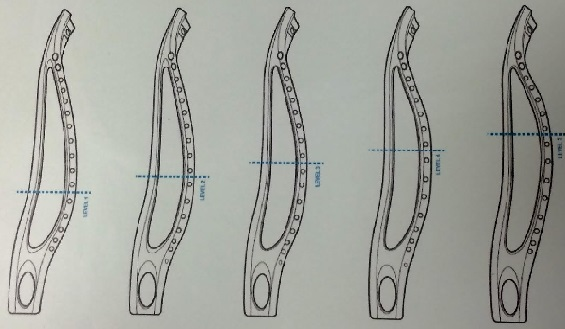
High / Level 5 Bottom Rail
If you are the player who likes a lot of whip on his stick then look no further than a level 5 bottom rail. This will allow the mesh to sag more at the top of the head and add extra velocity on your shot. This is Perfect for long range shooters that like to post up, and crank.
Mid-High / Level 4 Bottom Rail
Aggressive bottom rail transition that will provide increased power and more hold over the ball. This bottom rail is perfect for long range shooters that also like to shoot on the run. This bottom rail will not have the same velocity potential as the Level 5, but it will be more accurate and still light up the radar gun.
Mid / Level 3 Bottom Rail
Great combination of power and accuracy. This bottom rail is the best of both worlds and is perfect for any midfielder or all-around-athlete.
Mid-Low / Level 2 Bottom Rail
If you want a quick release with added power then the level 2 bottom rail will provide good ball protection and great accuracy. It is perfect for any attackman or offensive minded midfielder.
Low / Level 1 Bottom Rail
Ideal for the possession player that controls the tempo of the game. He always has the ball, and runs the offense. The level 1 bottom rail is designed for excellent ball security and to have a quick and accurate release. Players who dodge looking to feed/assist teammates are going to want this bottom rail.
Shop Lacrosse Heads at LacrosseMonkey!
A great way to figure out the right lacrosse head for you is to come into one of our stores! Our staff is knowledgeable and always willing to help you figure out what is best for you. We offer full stick stringing as well to give you the perfect lacrosse head for your position. If you already know what you want or are not close to a store, you can check out our lacrosse heads online.



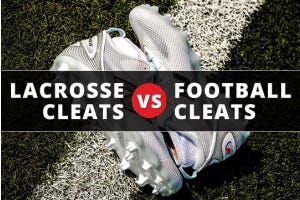
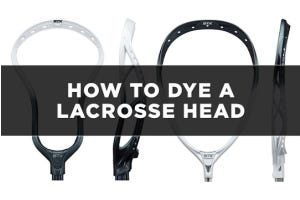

Login and Registration Form
or
Create an account